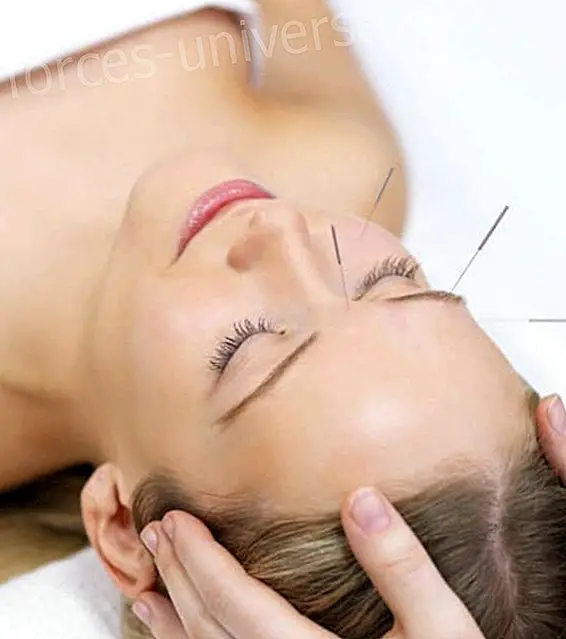Laser therapy is an alternative treatment that consists in directing a beam of electromagnetic light towards a particular area of the body for therapeutic purposes.
This is a completely harmless technique for the skin, since its application is not uncomfortable or causes any side effects.
The application of laser therapy provides various benefits in the relief of pain, the reduction of inflammation and an improvement in overall health .
What does laser therapy consist of?
Laser therapy favors electrolytic exchanges between the cell and the external environment through the cell membrane, since the laser beam acts directly on the cell. cell membrane and on the mitochondria.
This is a treatment indicated especially for pain relief, as it increases the excitation threshold of the nerve terminals that transmit the pain signals.
Due to the increase in temperature of the affected area, during the application of laser therapy, cellular metabolic activities increase and better vasodilation is achieved.
The application of a laser therapy reactivates the microcirculation. That is, it increases lymphatic drainage and has a marked anti-inflammatory action.

How laser therapy works
Usually, the laser instruments used in therapies are the size of a small flashlight and the application of their light beam is carried out directly on the affected area for about 40 or 50 seconds.
The duration of the application time will depend on the extent of the area to be treated and the intensity and type of light beam used.
The main effects that are achieved through the use of laser therapy are, first of all, analgesics, as they increase the person's ability to withstand pain .
This therapy has anti-inflammatory effects, as it transforms prostaglandins into prostacyclines, which increase blood microcirculation, favoring blood flow and decongesting tissues.
Laser therapy is a biostimulant practice, because thanks to the stimulation of the metabolism that causes accelerates the healing of ulcers and sores. In addition, it acts directly in the repair of any type of muscle damage where surgical intervention is not possible.
Its application has a great capacity to relieve contractures, thanks to the thermal effect and the gradual increase in metabolic processes that occur in the body when the treatment is applied.
Effects of laser therapy
Biological Effects
- Analgesic
- Anti-inflammatory
- Anti-edematous
- Healing
Photothermal Effects
Kind of "message" or usable energy (mW) by the cell to normalize altered functions. That is, a photoenergetic or bioenergetic effect .
Photochemical effects
- Histamine, serotonin and bradykinin are released
- Increase intracellular ATP production
- DNA synthesis, protein synthesis and enzymatic synthesis are stimulated
Photoelectric Effects
The membrane potential is normalized and the ATP produced by the cell is increased.
Indications of laser therapy
- Capsulitis and bursitis
- Cellulitis
- Tissue tears
- Tears
- Bruising
- Fasciitis
- Fibrosis
- Ulcerative processes
- Varicose processes
- Tenosynovitis
Methods of application of laser therapy
- Punctual : applied at a predetermined point or at the classic acupuncture points. The scanner is focused on exactly one point.
- Sweeping of points : it is applied by means of cannon systems and the help of mirrors.
- Total sweeping of an area : cannon systems that control mirrors are used, swinging with a collimated beam of light, or parallel rays.
Applications of laser therapy
Laser therapy is especially recommended for those cases in which tendinitis is suffered or for those in which it is necessary to relieve sprains or bruises.

It is specifically indicated for osteoarthritis, bruises, ulcers and sores and its goal is not to "warm up" but to eliminate pain or discomfort, in order to allow the cell to regain its balance.
It is not indicated for pain along the spine, rickets, and is specifically contraindicated during pregnancy, if a malignant tumor has been detected or in people with epilepsy.
Seen in My Physiotherapy, by Pedro, editor of the White Brotherhood






